With strengthening and empowering the Federal workforce as a key tenant of the President’s Management Agenda, the critical need for people with cybersecurity skills and an aging workforce, now is the time for government to re-evaluate how it looks at the skills of employees. Moving to a data-driven talent strategy allows agencies to match the right people to the right work at the right time which also enhances that employee’s experience and engagement with their work.
Progression not Promotion
The first step is realizing that skills are not a title. For too long, career success has meant moving up GS levels or in title. A change in title does not necessarily mean being exposed to new experiences, gaining new skills or even gaining responsibility. The growth that comes with new challenges is what keeps employees fulfilled. That can happen when employees move into positions across an organization. Sideways needs to be the new up – not just for the growth of employees but for the mission achievement of government.
 Keep Talent in Government
Keep Talent in Government
People enter public service because they have a tie to the mission. They want to work for that organization with a line of sight toward that mission. They do not leave because they stopped believing in the mission, they leave because they have not been given an opportunity to grow and develop. Research shows that one third of millennials and Gen Z workers leave a job because they did not see an opportunity to grow their career.
Talent sharing across agencies is a concept whose time has come. Government employees need to see career path options outside of their current organization. Where can their skills make an impact in another office or agency? Seeing a growth path will keep the talent within the government ecosystem rather than losing them to good commercial companies.
Diversify the Workforce You Already Have
A data-driven approach can go a long way in driving out bias and growing equity. Across government there are many opportunities for people to get involved in steering committees, pop-up projects and short-term initiatives. However, getting involved requires employees to be informed. We assume that people will seek out these opportunities. Employees only network with people they know – this limits what they are exposed to. Employees miss opportunities every day that are tailor made for their skills and career goals.
A data-driven approach automates the ability to engage. Opportunities can be pushed to employees that meet specific skills and capability criteria. Those employees can then engage with the opportunity through a digital workflow allowing them to quickly and easily break into a new network within the organization. No longer are we dependent on who we know. Now technology becomes a proactive, enabling force in finding the best fit based on skills, not position or education.
Personalize the Journey
Studies show that 94% of employees will stay with an organization longer if they feel it is invested in them. Providing a dynamic career path backed by training and mentoring opportunities is a way to demonstrate commitment to an employee.
A one size fits all training program ends up fitting no one. Employees have come to expect a personalized experience from all of the brands they interact with – whether that is music or movie recommendations or reminders to order more toilet paper. Data-driven organizations can offer that same experience by feeding employees programs and trainings that people actually want to participate in and learn from.
For organizations, knowing the growth areas for employees allows for more targeted efforts in offering reskilling and upskilling opportunities to the people who will most quickly benefit from the training.
ServiceNow is proud to support organizations ready to make the leap to a data-driven skills-based model. Our recent webinar showed how to move away from spreadsheets and emails and begin managing skills in an automated way that works for everyone – HR, agency leaders, supervisors and employees. View the full session here to learn how to transform how you hire, reward and grow your team.


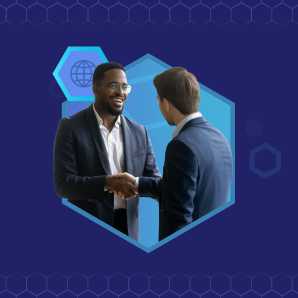 Untapped Resources
Untapped Resources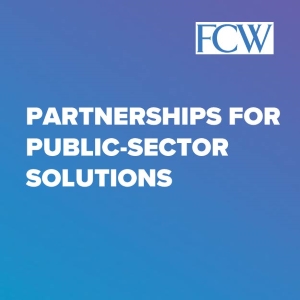 “Success for integrators and their partners is delivering secure solutions that provide meaningful and impactful mission outcomes. Leidos invests heavily in testing and building relevant solutions for public-sector customers to ensure that innovative technologies are cost-effective, resilient, compliant with government requirements and best positioned to solve mission problems. Investing in a continuous innovation cycle is critical. Leidos and Red Hat recognize that we are in the business of continuous modernization. When Red Hat and other key partners offer innovative new solutions, our partnerships enable us to move fast in testing and proving that the technology works and can scale to meet the government’s needs. Leidos leverages innovative technology to drive great mission outcomes in our Aviation Security Product business unit (Security Enterprise Solutions). By using cloud-native AI/ML modeling solutions, Leidos had been able to achieve significant performance gains in our process for developing algorithms for security detection products, ultimately improving travelers’ experiences at airports.”
“Success for integrators and their partners is delivering secure solutions that provide meaningful and impactful mission outcomes. Leidos invests heavily in testing and building relevant solutions for public-sector customers to ensure that innovative technologies are cost-effective, resilient, compliant with government requirements and best positioned to solve mission problems. Investing in a continuous innovation cycle is critical. Leidos and Red Hat recognize that we are in the business of continuous modernization. When Red Hat and other key partners offer innovative new solutions, our partnerships enable us to move fast in testing and proving that the technology works and can scale to meet the government’s needs. Leidos leverages innovative technology to drive great mission outcomes in our Aviation Security Product business unit (Security Enterprise Solutions). By using cloud-native AI/ML modeling solutions, Leidos had been able to achieve significant performance gains in our process for developing algorithms for security detection products, ultimately improving travelers’ experiences at airports.”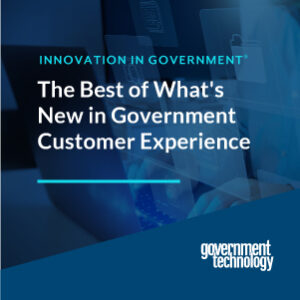 “The resident experience has a number of components. The first is engagement. Experiences should be immersive and intuitive and on par with user experiences in private sector companies. The second element is efficiency. The experience on the backend should be as functional as it is beautiful, meaning it reduces errors, optimizes workflows, automates processes and quickly delivers tangible value for the agency. The third aspect is effectiveness. Agencies must be able to measure and evaluate, almost in real time, how effectively they are engaging users and realizing a return on investment, and then adjust accordingly. The final component is trust. Organizations must demonstrate that they can protect mission-critical workflows and satisfy rigorous government and industry standards.”
“The resident experience has a number of components. The first is engagement. Experiences should be immersive and intuitive and on par with user experiences in private sector companies. The second element is efficiency. The experience on the backend should be as functional as it is beautiful, meaning it reduces errors, optimizes workflows, automates processes and quickly delivers tangible value for the agency. The third aspect is effectiveness. Agencies must be able to measure and evaluate, almost in real time, how effectively they are engaging users and realizing a return on investment, and then adjust accordingly. The final component is trust. Organizations must demonstrate that they can protect mission-critical workflows and satisfy rigorous government and industry standards.”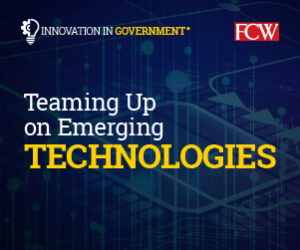 A Framework for Achieving Data Intelligence
A Framework for Achieving Data Intelligence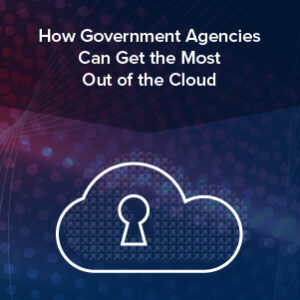 When ServiceNow came in, they left the systems of record in place and put a workflow on top of them—to integrate and surface that data through a single engagement layer. Now the customer can get answers to questions and also easily orchestrate use cases like employee onboarding or a name change after an employee gets married. The new solution provides great functionality without needing to re-architect the backend systems.
When ServiceNow came in, they left the systems of record in place and put a workflow on top of them—to integrate and surface that data through a single engagement layer. Now the customer can get answers to questions and also easily orchestrate use cases like employee onboarding or a name change after an employee gets married. The new solution provides great functionality without needing to re-architect the backend systems.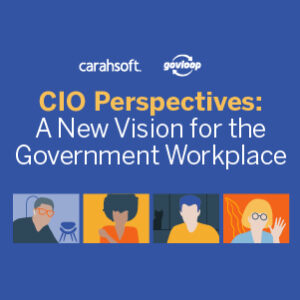 Creating a Roadmap to Resilience
Creating a Roadmap to Resilience